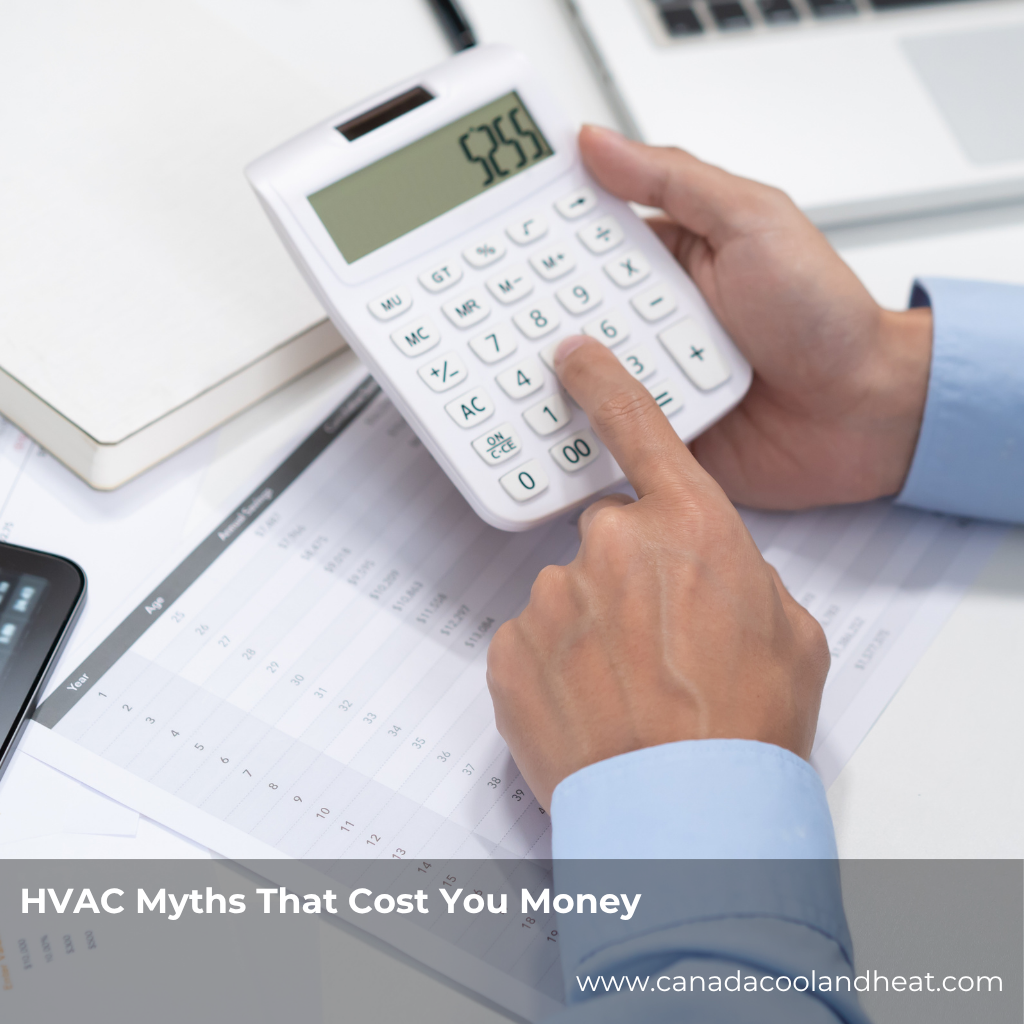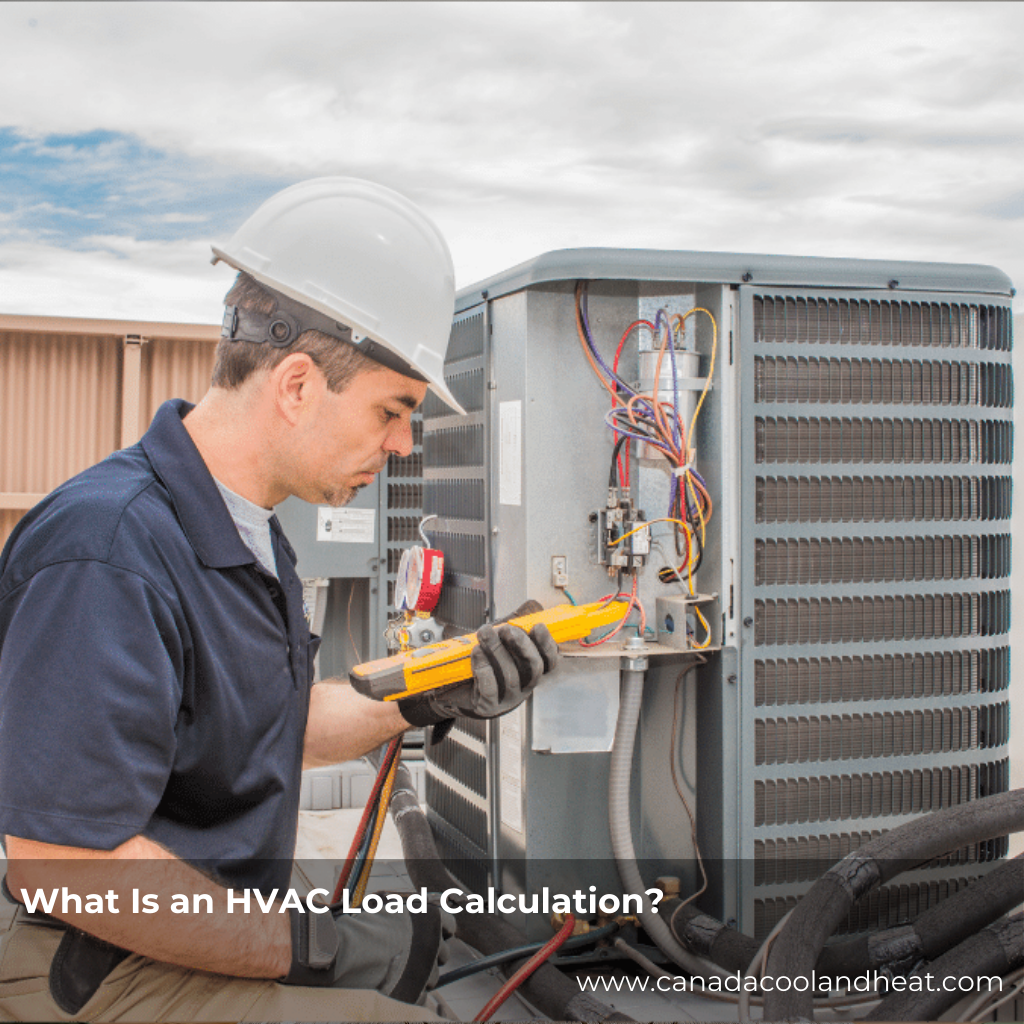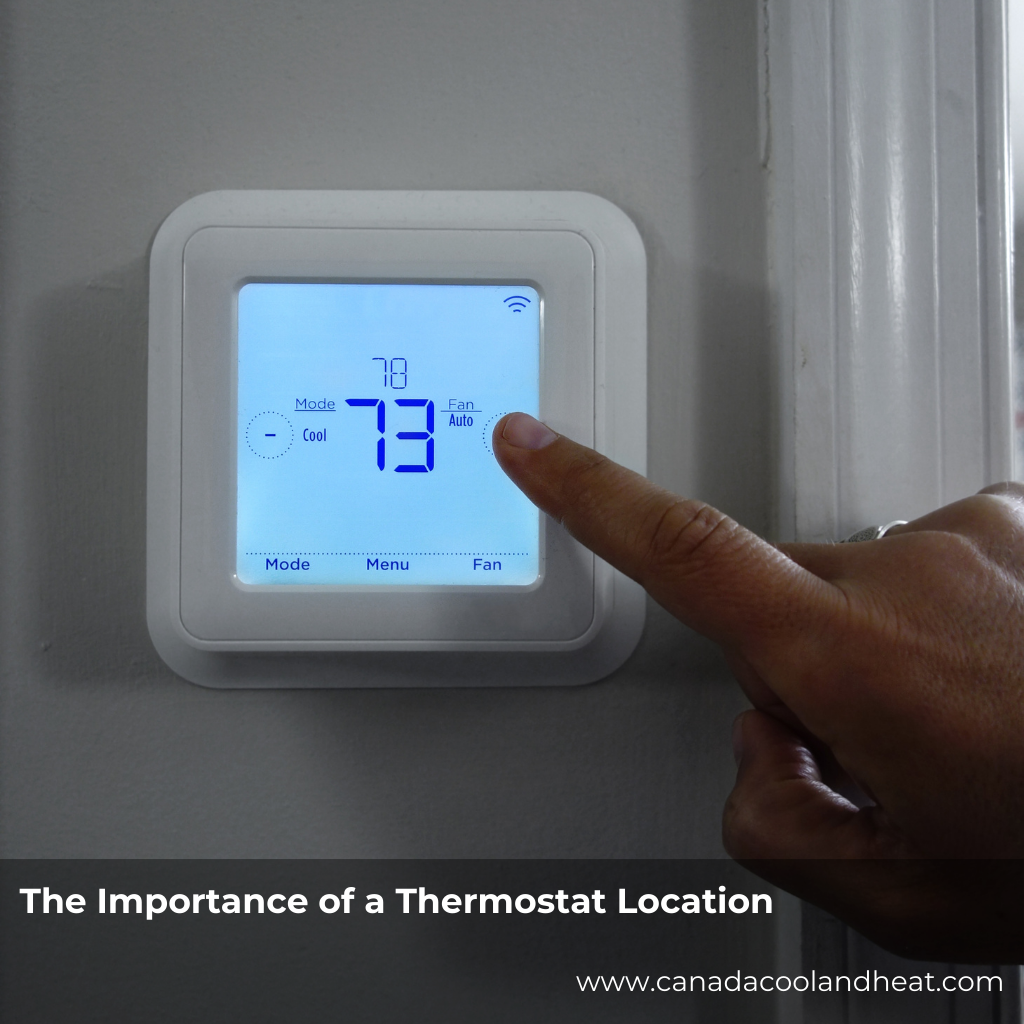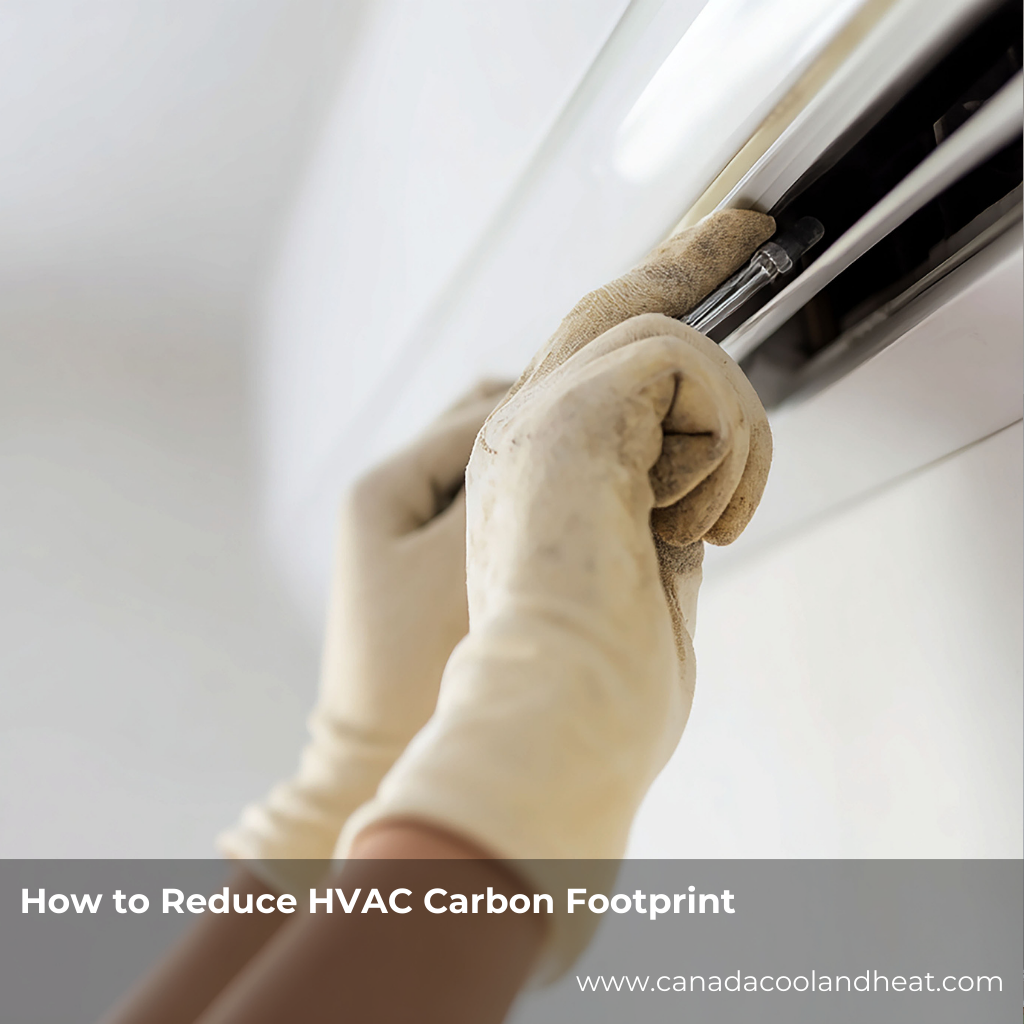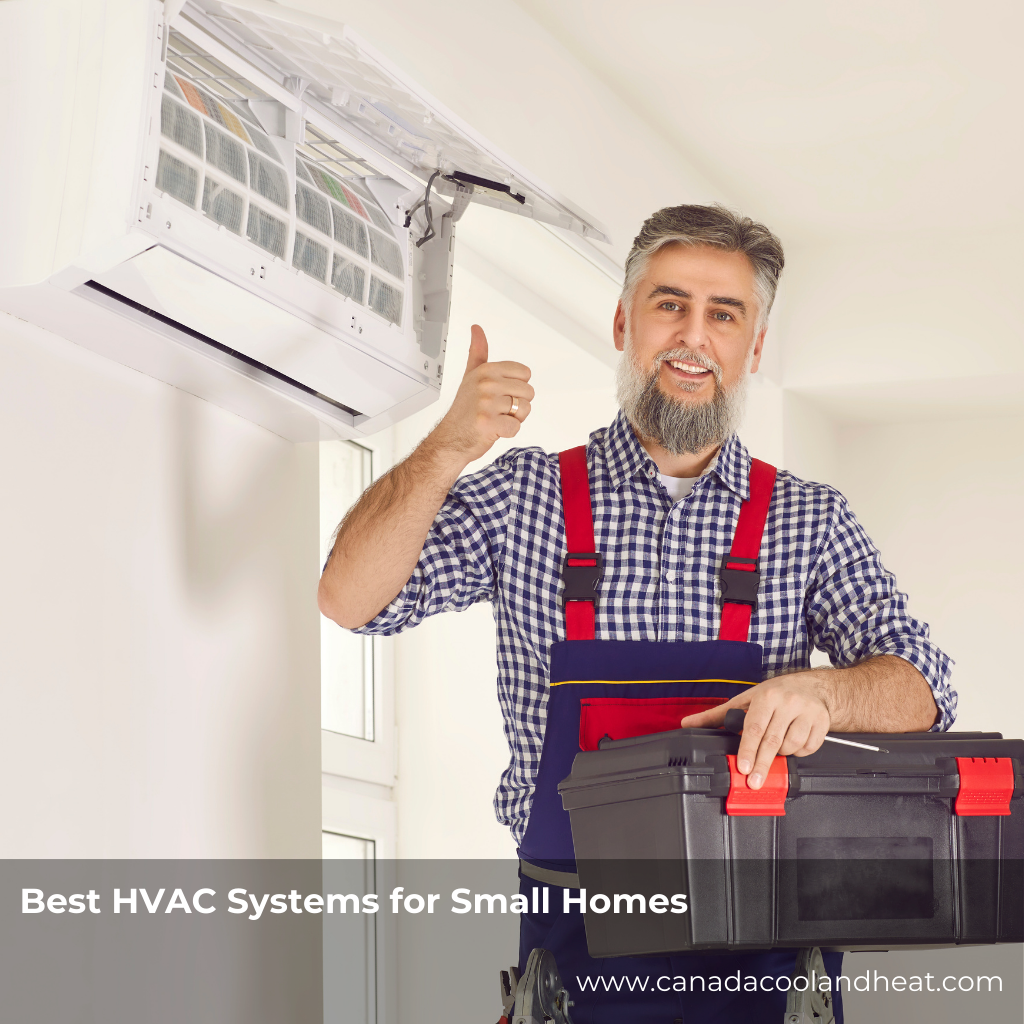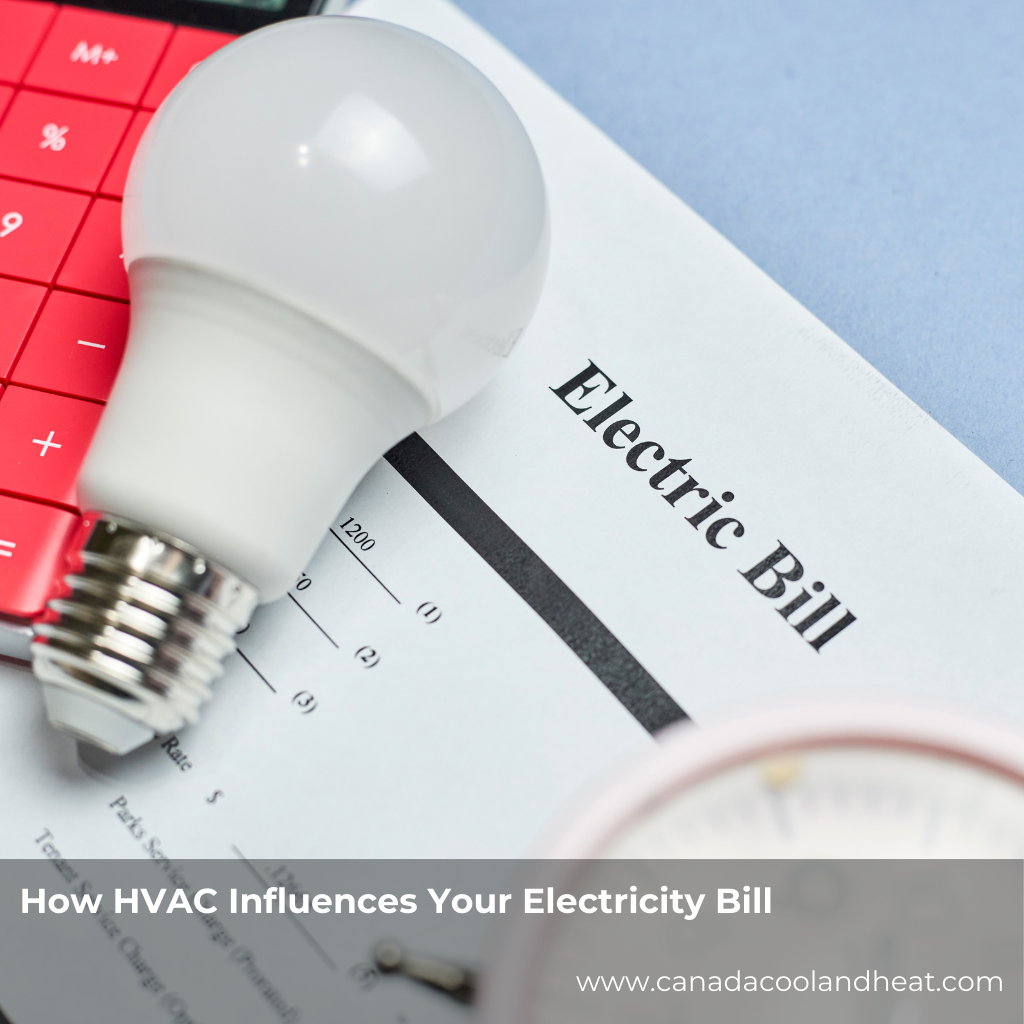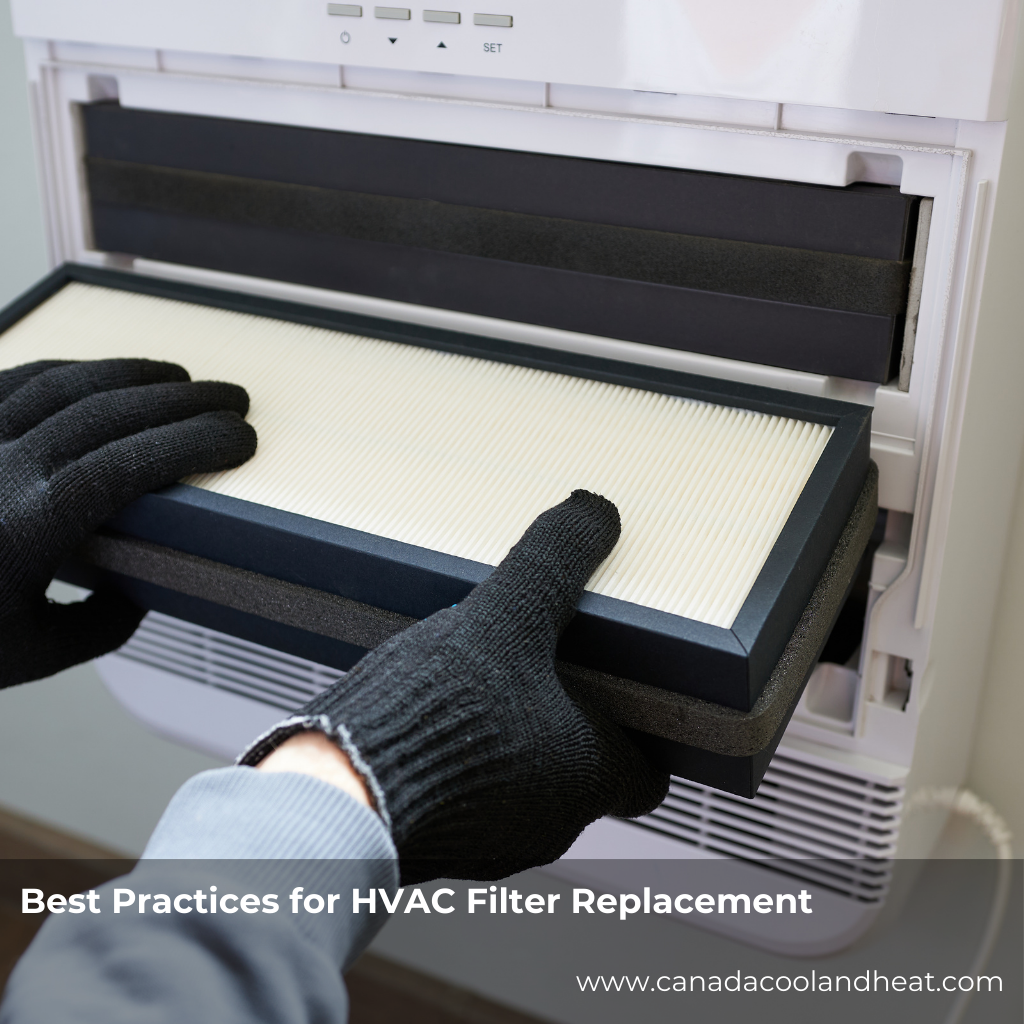Introduction: The Kitchen Comfort Mystery
Ever walked into your kitchen mid-dinner prep and felt like you just opened the door to a sauna? You’re not alone. Many homeowners experience this heatwave effect without realizing their vent hood and HVAC system are locked in a silent tug-of-war.
The truth is, proper ventilation in kitchens isn’t just about removing cooking odors — it’s about keeping your home’s air balanced, your energy bills low, and your HVAC system happy. Unfortunately, a few persistent HVAC myths often lead people astray — and those myths can cost you more money than you think.
Let’s clear the air, literally, by debunking some common ventilation misconceptions and exploring how your vent hood, HVAC, and kitchen design all work together.
Myth #1: A Bigger Vent Hood Is Always Better
At first glance, a massive stainless steel vent hood seems like the ultimate kitchen upgrade. But here’s the kicker: oversized hoods can actually cause airflow problems.
When your hood pulls out more air than your HVAC can replace, it creates negative pressure inside your home. That means your system works overtime to rebalance the air — often pulling in unconditioned air from cracks, vents, or even your fireplace chimney.
The result:
-
Higher energy costs
-
Uneven temperatures
-
Reduced HVAC efficiency
Sizing tip: Your vent hood’s airflow capacity, measured in CFM (cubic feet per minute), should generally match your cooktop size and layout:
-
Electric range: 100–150 CFM per linear foot of stove
-
Gas range: 150–250 CFM per linear foot
-
For island hoods, increase airflow by 100–150 CFM due to their open surroundings.
So, before buying that restaurant-grade hood, consider whether it’s truly right for your kitchen’s HVAC balance.
Myth #2: Vent Hoods Don’t Affect HVAC Systems
This one’s a biggie — and it’s dead wrong.
Think of your vent hood as a vacuum. When it’s running, it pulls air out of your home. But your HVAC system is trying to do the opposite — to maintain a comfortable indoor environment. Without proper planning, these two systems fight each other.
Here’s how it happens:
-
The hood exhausts conditioned air.
-
The HVAC detects pressure loss and compensates by running longer.
-
Your energy bills spike, and indoor comfort drops.
The solution lies in make-up air systems — devices that bring in fresh, filtered air to replace what’s being exhausted. Building codes in many regions now require them for hoods rated over 400 CFM, especially in modern airtight homes.
When properly installed, a make-up air system keeps your vent hood and HVAC in harmony, preserving temperature balance and reducing system wear.
Myth #3: You Only Need to Vent When Cooking Heavy Meals
This myth might be the most common — and the costliest.
Even light cooking, like boiling pasta or sautéing vegetables, releases moisture and particulates into the air. Over time, that extra humidity can strain your HVAC, promoting mold growth and reducing indoor air quality.
Consistent ventilation is key. Turn on your hood every time you cook, even briefly, and let it run for 10–15 minutes afterward. This simple habit helps your HVAC maintain a balanced environment and prevents long-term damage to ducts and filters.
Understanding Air Balance: The Invisible Equation
Airflow balance is the unsung hero of home comfort. Your HVAC system relies on stable air pressure to circulate conditioned air efficiently. When your kitchen exhaust pulls too much air without replenishment, the system goes off balance.
Signs your home’s air pressure is off:
-
Doors slam or stick unexpectedly
-
Drafts or “whistling” sounds near vents
-
Uneven temperatures between rooms
-
Fireplace backdrafts or odors
A qualified HVAC technician can perform an air balance test using flow hoods and manometers to detect and correct these imbalances.
How to Size and Install Your Vent Hood Correctly
Getting your vent hood sizing right can save hundreds in energy costs and prevent HVAC headaches down the line.
Quick Sizing Checklist:
-
Measure your cooktop width (in inches).
-
Multiply by recommended CFM per linear foot (see above).
-
Add 100 CFM for island or open kitchens.
-
Confirm duct size — 6″ minimum for hoods under 400 CFM; larger hoods may require 8–10″.
-
Include a make-up air system if your hood exceeds 400 CFM.
Proper ducting — with smooth metal pipes and minimal bends — also keeps air flowing efficiently, reducing noise and backpressure.
Myth #4: Recirculating Hoods Are “Just as Good”
While recirculating (ductless) hoods can filter grease and some odors, they don’t remove heat or moisture. If you cook frequently, these hoods can quickly overwhelm your HVAC with excess humidity.
They’re best suited for small apartments or occasional use — not for serious home chefs. For optimal performance, a vented hood that expels air outdoors remains the gold standard.
Conclusion: Balance Is Everything
Your kitchen is the heart of your home — but without balanced airflow, it can also become its biggest energy drain. By understanding how vent hoods, HVAC systems, and kitchen ventilation interact, you can keep your home comfortable, efficient, and healthy year-round.
The next time you cook up a storm, remember: it’s not just about what’s on the stove — it’s about how your air moves.
FAQs About Vent Hoods and HVAC Systems
1. Do I need a vent hood if I have an open-concept kitchen?
Yes. Even open kitchens benefit from proper ventilation to remove heat and airborne particles before they spread throughout your home.
2. What’s the best CFM for a home kitchen hood?
Typically, 350–600 CFM suits most residential cooktops, depending on size and cooking intensity.
3. Can I run my HVAC and vent hood at the same time?
Absolutely — just ensure your system includes make-up air or balanced airflow to prevent negative pressure.
4. Why is my vent hood noisy?
Noise often indicates poor duct sizing or excessive bends. Smooth, straight ducts reduce turbulence and sound.
5. Should I leave my hood on after cooking?
Yes, 10–15 minutes of post-cooking ventilation helps remove lingering odors and moisture.
6. How often should I clean my hood filters?
Monthly cleaning is best for regular cooks. Grease buildup restricts airflow and strains the motor.
7. Do vent hoods improve indoor air quality?
Absolutely — by removing smoke, grease, and particulates, they reduce contaminants your HVAC would otherwise circulate.

